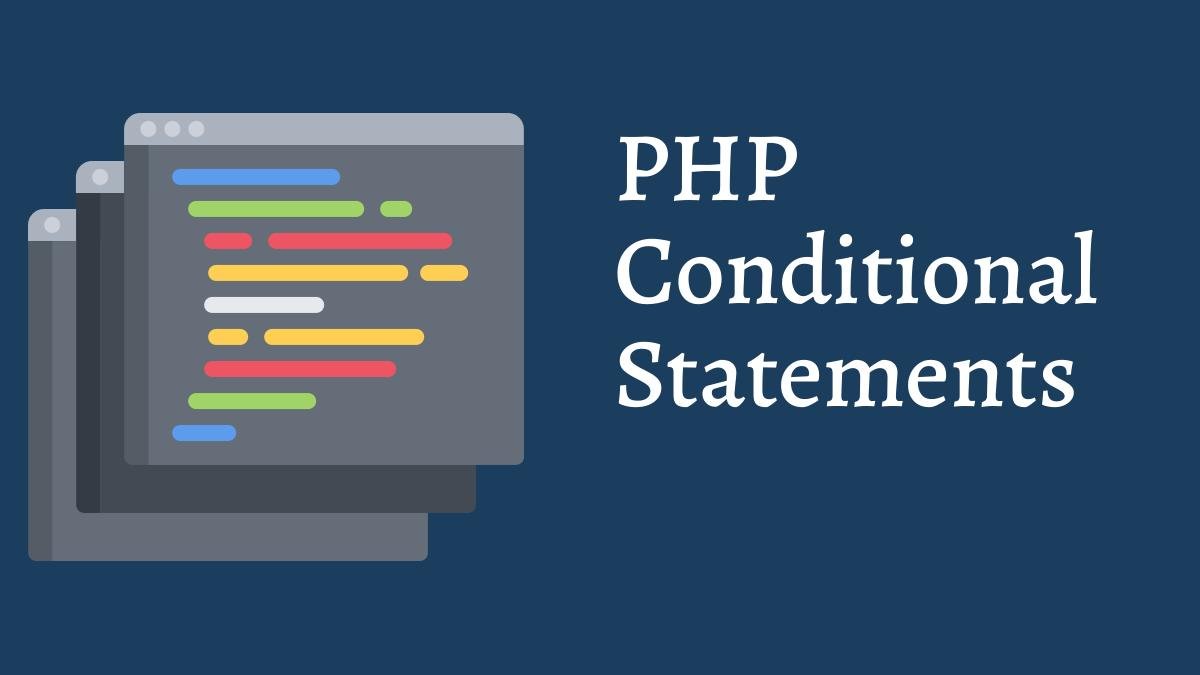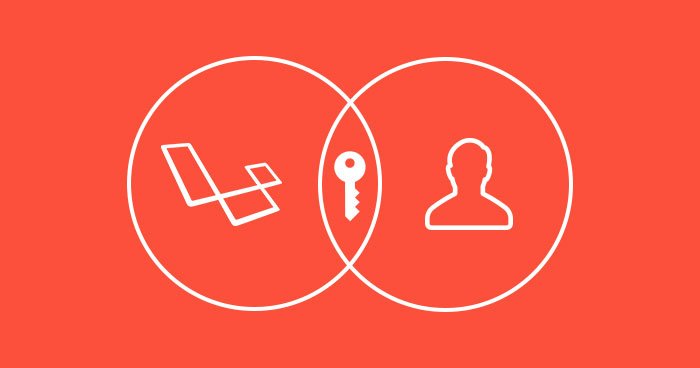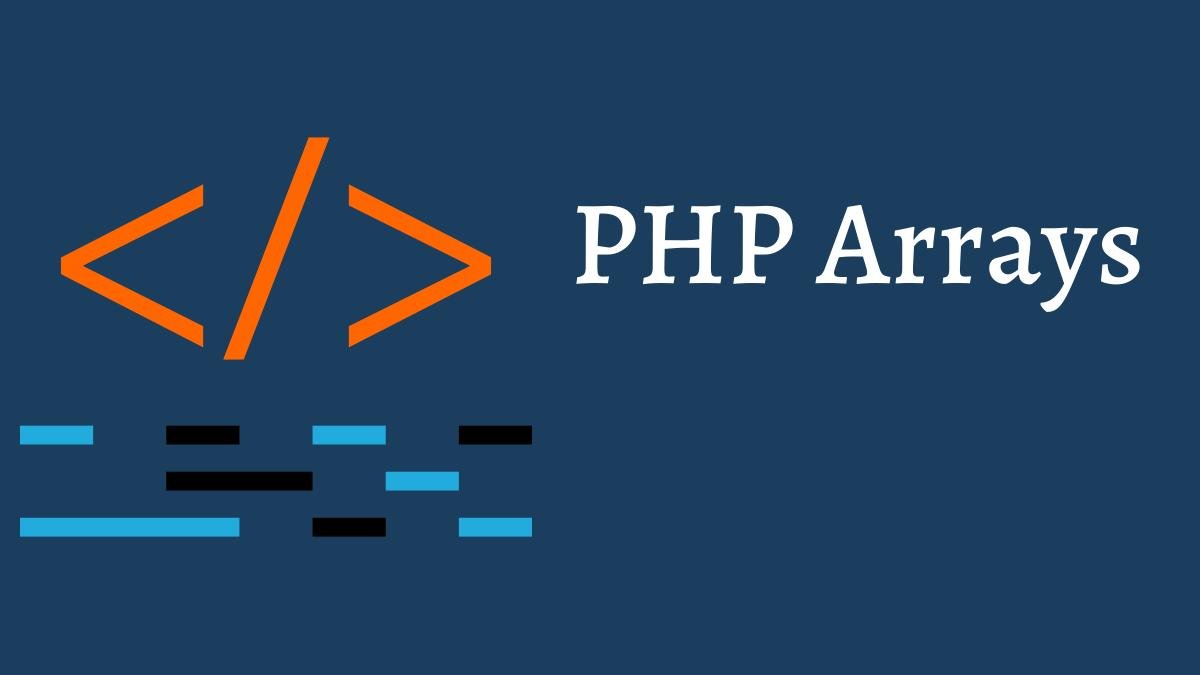PHP Control Structures: If-Else and Switch-Case
If-Else and Switch-Case
Control structures in PHP are used to control the flow of a program based on certain conditions or criteria. Two common control structures for making decisions are if-else and switch-case. In this tutorial, we’ll explore how to use these structures in PHP to make decisions in your code.
If-Else Statements
Basic If Statement
We can use if statement to execute a block of code only if a specified condition evaluates to true. Here’s a basic example:
$age = 25;
if ($age >= 18) {
echo "You are an adult.";
} else {
echo "You are not yet an adult.";
}In this example, if the condition $age >= 18 is true, the code inside the if block will execute; otherwise, the code inside the else block will execute.
If-Elseif-Else Statements
You can use elseif to test multiple conditions in sequence:
$score = 75;
if ($score >= 90) {
echo "A";
} elseif ($score >= 80) {
echo "B";
} elseif ($score >= 70) {
echo "C";
} else {
echo "F";
}In this example, it evaluates multiple conditions and executes the block associated with the first true condition. If none of the conditions is true, the code inside the else block is executed.
Switch-Case Statements
A switch statement is used when you want to compare a value against multiple possible case values. It’s particularly useful when you have many conditions to check.
$day = "Monday";
switch ($day) {
case "Monday":
echo "It's the start of the workweek.";
break;
case "Friday":
echo "It's almost the weekend!";
break;
default:
echo "It's just an ordinary day.";
}- The
switchstatement evaluates the value of$day. - It compares the value with each
case. - If a
casematches, code block is executed. - The
breakstatement is used to exit theswitchblock once a case is matched. - If no cases match, the code inside the
defaultblock is executed.
Note on Break Statements
In PHP, the break statement is crucial in switch statements to prevent “fall-through,” where code execution continues after a match. In if-else statements, there is no need for a break because only one block will execute.
Conclusion
if-else and switch-case statements are essential tools for controlling the flow of your PHP code based on specific conditions. You can use them to make decisions and execute different code blocks accordingly. Understanding these control structures is fundamental to writing dynamic and responsive PHP applications.





